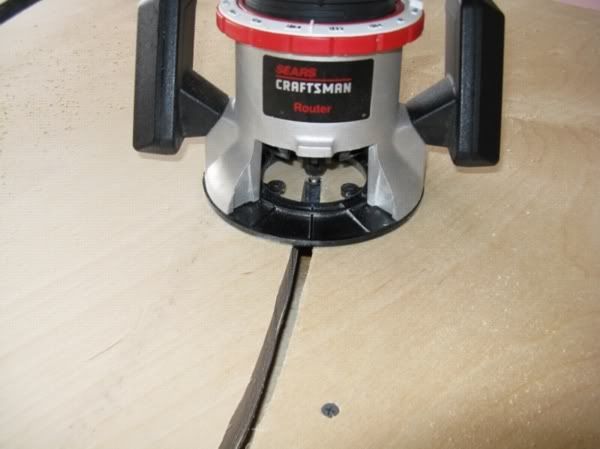router bit questions
I recently bought a used Craftsman router. It is in good shape. Solid, manufactured in the 80's and takes 1/4" shank bits.

I haven't used a router before and am a little confused what bits I may need for the tear build. I'm not familiar with the terminology and sizing.
So far I primarily want to use it to trim the roof flush with the sides and to trim one side even with the other. I realize that I will need a flush cut bit but I see that they come in different sizes. Is the size of the bit for the thickness of the material you are cutting or the thickness of the material you are matching?
I will likely try to use it to dress up my cabinet doors and maybe round some corners. What are some other common uses for the router on a typical build?

I haven't used a router before and am a little confused what bits I may need for the tear build. I'm not familiar with the terminology and sizing.
So far I primarily want to use it to trim the roof flush with the sides and to trim one side even with the other. I realize that I will need a flush cut bit but I see that they come in different sizes. Is the size of the bit for the thickness of the material you are cutting or the thickness of the material you are matching?
I will likely try to use it to dress up my cabinet doors and maybe round some corners. What are some other common uses for the router on a typical build?

